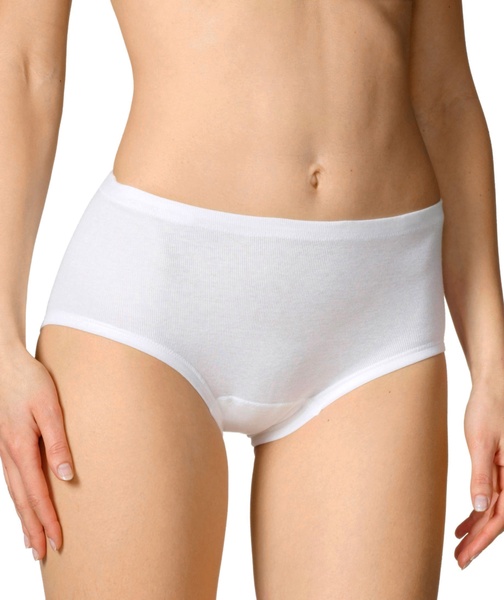
Introduction to Slip Prevention
Slips, trips, and falls are leading causes of workplace injuries and public accidents, accounting for over 25% of all reported injuries according to the Canadian Centre for Occupational Health and Safety (CCOHS). This topic not only impacts individuals but also has significant implications for employers, insurance costs, and public safety measures. As workplaces and public venues adjust to changing conditions, understanding slip prevention techniques becomes critical for maintaining safety standards and protecting communities.
Current Statistics on Slips
Data from the CCOHS indicates that slips are particularly common during winter months, when ice and snow increase the risk. Moreover, annual statistics reveal that in Canada, fall-related accidents account for approximately 30% of all workers’ compensation claims. The financial burden on employers due to lost productivity, medical expenses, and litigation can be substantial, highlighting the need for preventative measures.
Recent Developments in Slip Prevention
In 2023, various sectors have begun implementing advanced slip prevention programs. For instance, many companies are investing in slip-resistant flooring materials, better lighting, and regular floor maintenance to mitigate risks. Furthermore, safety training is being revamped to include comprehensive workshops addressing slip hazards. Recently, a Canadian municipality launched a public awareness campaign aimed at educating citizens about safely navigating icy conditions, which highlights the responsibility of both individuals and organizations in preventing slips.
Best Practices for Slip Prevention
There are several effective methods for preventing slips that can be adopted in both residential and professional settings:
- Use Non-Slip Mats: Installing non-slip mats in entryways and other high-traffic areas can significantly reduce slip risks.
- Regular Maintenance: Ensuring walkways are clear of debris, ice, and water is essential for minimizing hazards.
- Proper Footwear: Encouraging the use of slip-resistant shoes, especially in workplaces where spills can occur, can protect employees and reduce accidents.
- Employee Training: Conducting regular slip prevention training sessions helps raise awareness and prepares staff to deal with potential hazards.
Conclusion: The Significance of Slip Prevention
The importance of addressing slip risks is clear — not only do they pose a danger to individuals, but they also create financial and legal repercussions for organizations. By adopting comprehensive slip prevention strategies, both individuals and businesses can play a crucial role in fostering safer environments. Looking toward the future, it is expected that as technology evolves, innovative solutions for slip prevention will become more prominent, further enhancing safety measures in all sectors.




